Scott #8A occupies a significant place in philatelic history due to its unique design characteristics and its role within the broader context of early U.S. postal issues. The stamp’s design, which includes complete side designs with variations in the top and bottom lines, distinguishes it from other types in the series. Type IIIa, notably, differs from Type III, where both the top and bottom lines are broken. In Type IIIa the top or bottom line is broken, but not both. This differentiation is crucial for collectors and historians alike, providing insight into the stamp’s production and use.
Design & Print
The design and production of the United States stamp Scott #8A, a Type IIIa design, was undertaken by Toppan, Carpenter, Casilear & Co., a prominent printing firm of the era. This company was renowned for its expertise in banknote and postage stamp printing, demonstrating a high level of skill and precision in their craft.
The stamp was produced through a meticulous process involving multiple printing plates – specifically, Plate I early, Plate II, and Plate IV. The design’s size necessitated erasures for fitting the 200 subjects onto one plate, leading to the creation of various types, including Type IIIa.
Postal Usage
In terms of its function within the postal system, Scott #8A’s denomination played a critical role. It catered to specific postal rates and was subject to the postal laws and regulations of the time. The stamp’s issuance coincided with significant changes in the postal system, including rate adjustments and the introduction of new postal policies. These shifts provide context for understanding the stamp’s role and usage within the broader framework of the U.S. postal service.
Identification
Identifying Scott #8A requires a keen eye for detail, given its similarities to other stamps in the series. The stamp is distinguished by its top and bottom line breaks – the top line being typically broken and the bottom line barely so. In either case, both lines are never broken on the same stamp. Understanding the nuances of these breaks is essential for accurate identification.
Scott #8A is a notable entity in the realm of philatelic study. Its historical context, design intricacies, postal usage, and identification criteria offer a comprehensive understanding of this unique postage stamp. The stamp’s production, reflecting the technological and logistical capabilities of its time, alongside its role within the evolving U.S. postal system, underscores its significance in American postal history.
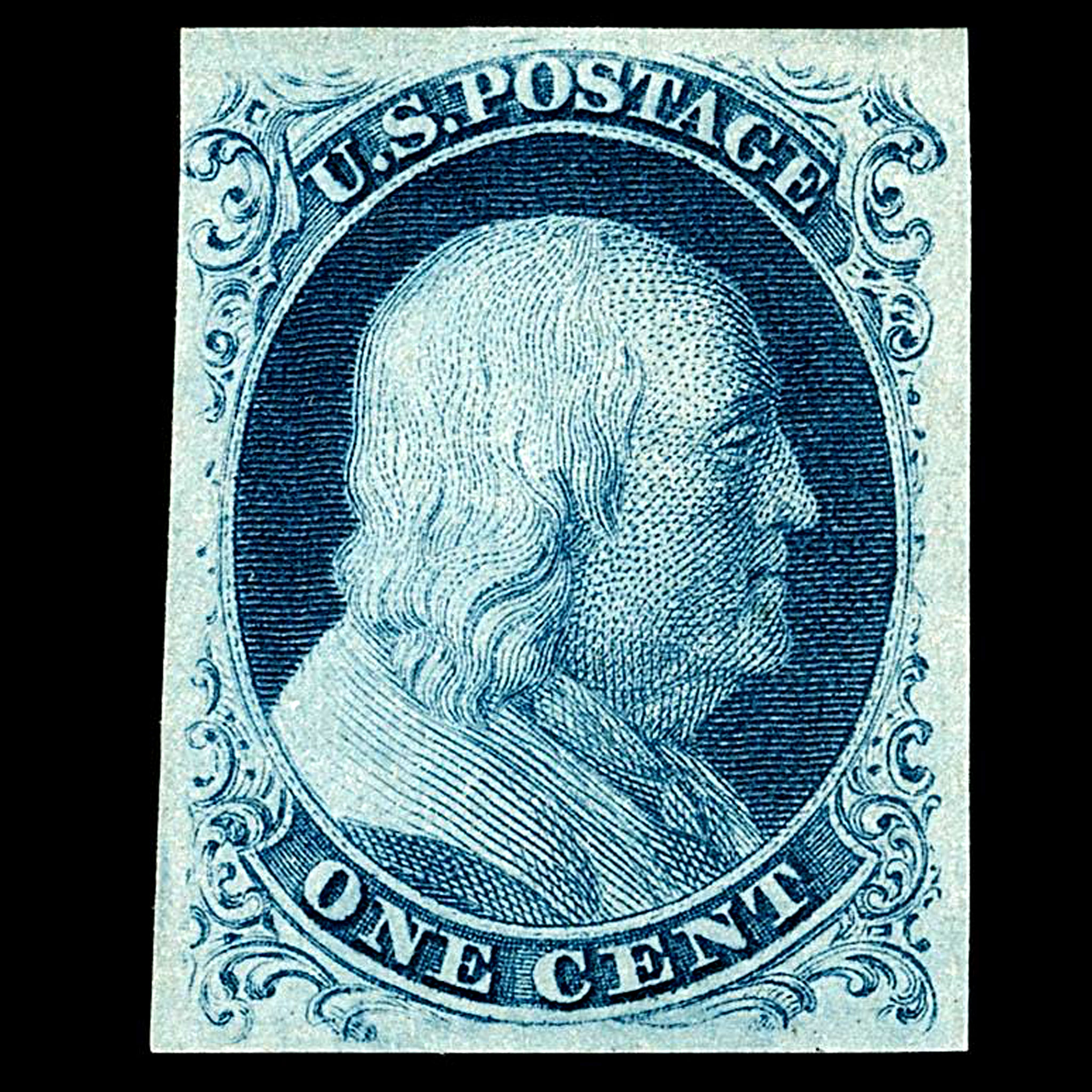
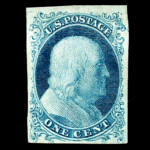
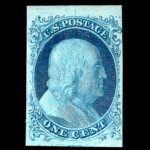
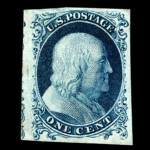
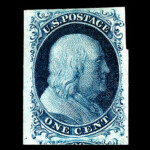

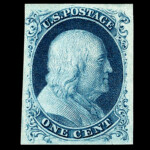
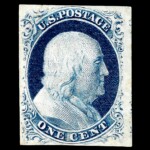
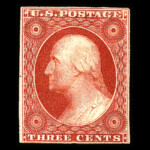
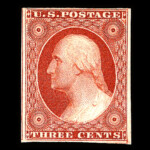
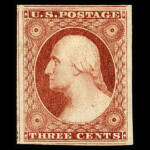
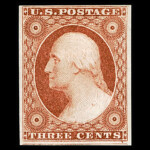

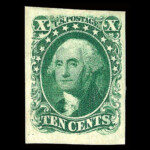

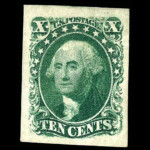
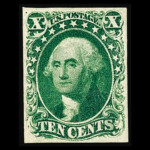

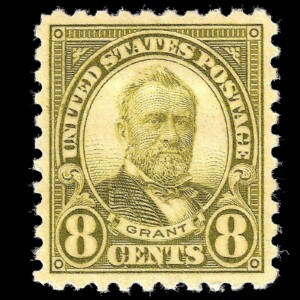
















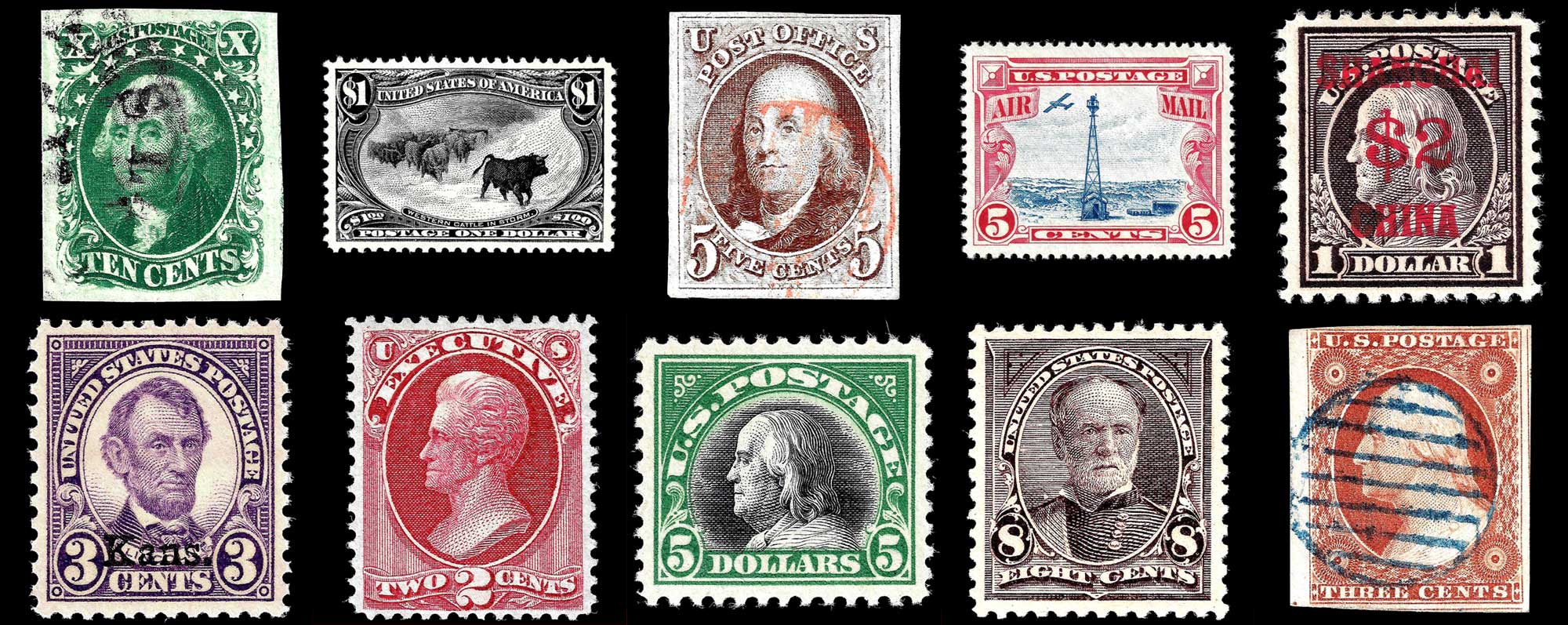
Ask A Question Or Leave A Comment